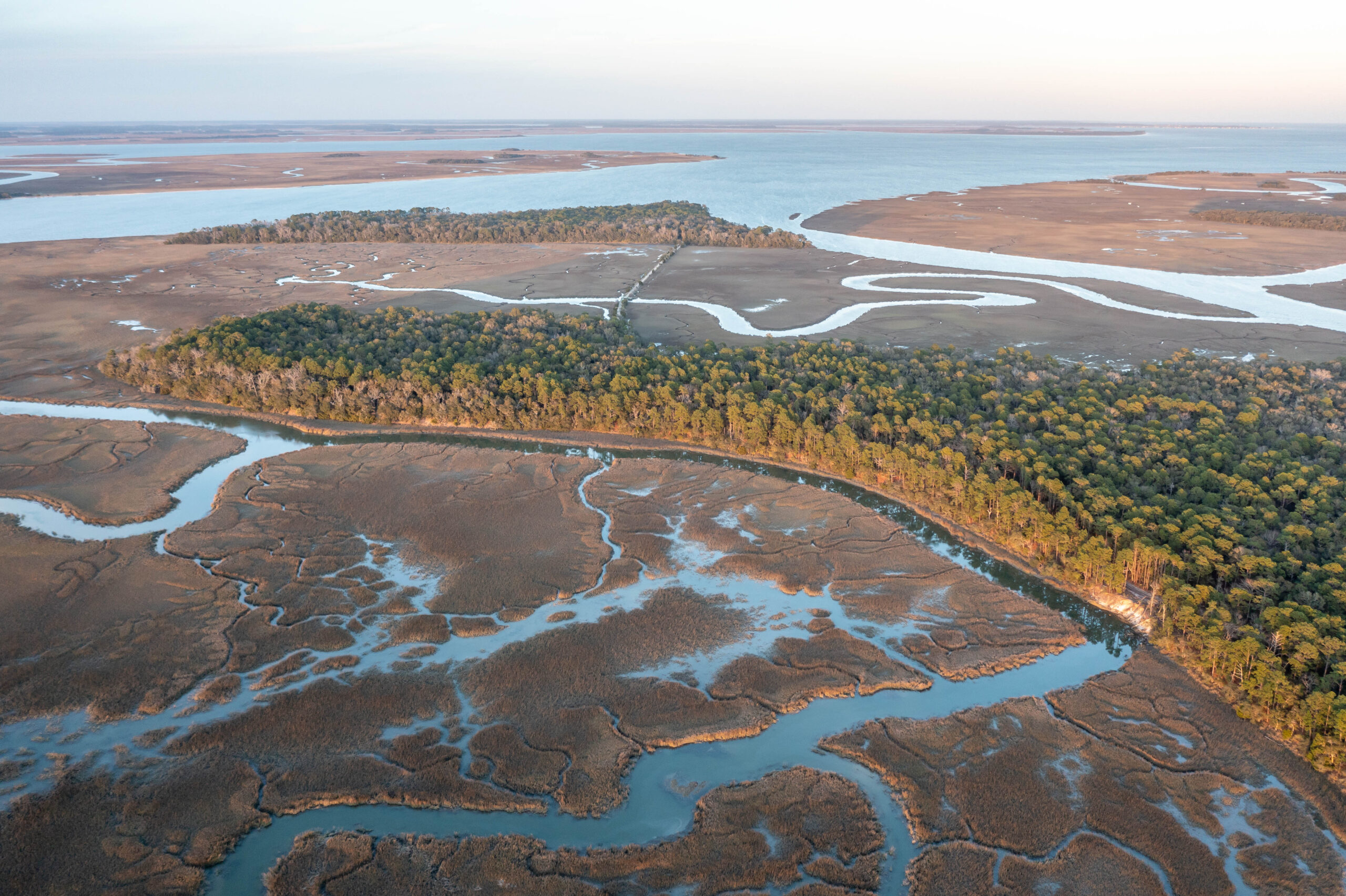
Photo: Miles Sanders
Holding the Line for St. Helena
An island shaped by the people who know it best.
St. Helena Island is sacred ground.
It’s a place where culture, history, and rural landscapes remain deeply intertwined and still very much alive. And for decades, the island has been protected by a simple zoning tool: the Cultural Protection Overlay (CPO).
The CPO isn’t just about land use. It exists to protect the Gullah Geechee culture, rural landscapes, and community traditions that make St. Helena Island unlike anywhere else on the East Coast. Since 1999, the CPO has specifically prohibited three things: golf courses, gated communities, and resorts. It was created by the St. Helena community, for the St. Helena community.
In addition to the CPO, it’s also the families, those who’ve lived here for generations, who’ve made the choice to protect their land forever through conservation easements. And beyond that, it’s the collective will of an entire community that has chosen to uphold a way of life rather than invite rapid, irreversible change.
Together, these decisions — individual and shared — paired with the strength of the CPO, have allowed St. Helena to remain rooted in culture and resilient. This is a place where people have drawn a line not just in local policy, but in values. A line that says: our land, our culture, and our future are worth protecting.
But today, the future that the community has worked so hard to secure is at risk.

Graphic courtesy of Coastal Conservation League
Pine Island: A Battle Bigger than its Borders
In 2022, a 502-acre property within the CPO boundaries known as Pine Island, was purchased by developers with one goal in mind: to build exactly what the CPO was created to prevent — a golf course and gated community.
Despite knowing the CPO’s restrictions, the developers purchased the property and since have tried every angle to skirt the rules: zoning carve-outs, loopholes, lawsuits, and most recently a development agreement offering “community benefits” in exchange for the right to break the rules.
But this issue is not just about Pine Island. It’s about the precedent changing the CPO for one development would have.
If one exception is made to the CPO, the floodgates open. And once the protections of the CPO begin to erode, the entire island is at risk. We don’t have to look far to see this cause and effect: in fact, Hilton Head and St. Helena used to look nearly identical.
What changed Hilton Head? At first, just one golf course. Today there are over 25. Hilton Head is unrecognizable compared to its rural past.
The St. Helena community saw that future coming and stopped it with the local CPO policies. That foresight is the reason these two islands look so different today.
The Island’s Best Defenders Are Its People
What makes St. Helena extraordinary is not just the land, it’s the people who have chosen to protect it. Families who’ve lived here for generations have taken additional steps to ensure this place remains what it has always been.
Through conservation easements, more than 3,000 acres on St. Helena have been protected forever. Families like the Inabinetts on Seaside Road, the Daises on Village Creek (just across from Pine Island), and the O’Neals on Lands End Road have made the powerful choice to protect their land — not just for their families, but for the entire island community.
These are not abstract policies. They are deeply personal commitments to land, legacy, and belonging.
Real Protection, Not Promises
Zoning protections like the CPO are vital to establish a baseline set of development rules; and land protection offers permanence. Conservation easements can’t be overturned by future councils or chipped away by outside developers. They hold, generation after generation.
Together, strong zoning and thoughtful land protection form a powerful, complementary defense. Zoning sets the rules; conservation secures the promise. One shapes how land is used, the other ensures it can never be lost. For a place as culturally and ecologically rich as St. Helena, we need both working in tandem to truly protect what makes this island so extraordinary.
St. Helena is still here today because the community has stood together time and again, defending what the island’s residents have worked so hard to build. With every acre protected and every voice raised, the island’s future becomes clearer:
St Helena belongs to the people who love it, not those who seek to change it.
We must continue holding the line for the people who live here, for the farmers who work this land, for those lucky enough to visit and fall in love with its beauty, and for the generations still to come.
Because if we allow this one development through, we open the door to them all. And a place as unique and extraordinary as St. Helena deserves nothing less than our full protection.
